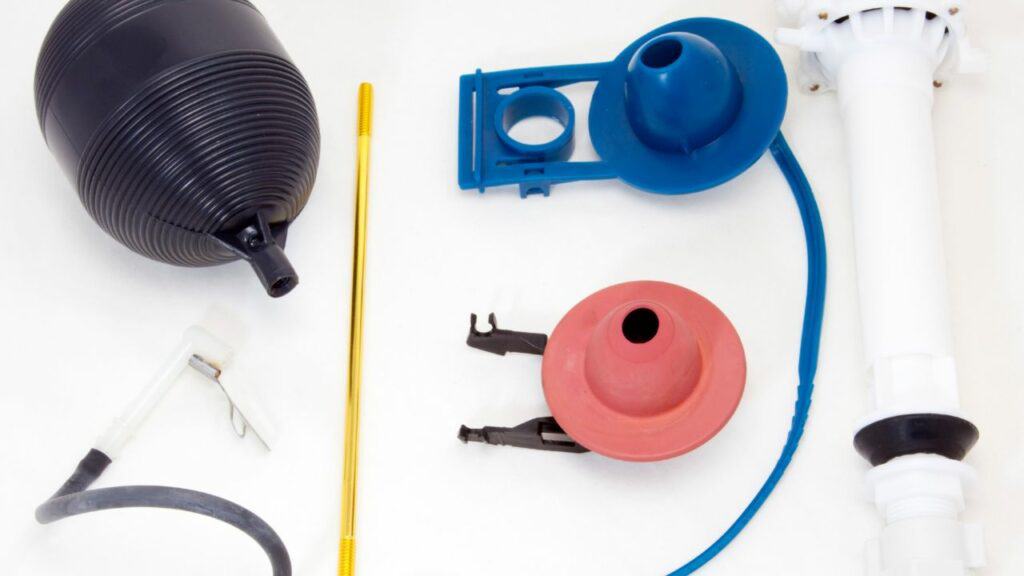If bathroom grout is falling out, it's important to fix it quickly to avoid water damage and mold. Start by finding out why it's deteriorating, which could be due to bad installation or too much moisture.
To repair it, remove the old grout, clean the area, and get it ready for new grout. Make sure to mix the new grout well, apply it carefully, and seal it properly. Hiring a professional can ensure the job is done right.
Keep up with regular maintenance and fix any issues as soon as they come up to make the grout last longer.
Recognizing Grout Deterioration
Recognizing early signs of grout deterioration is important. These signs include cracks in or between tiles, and loose or crumbling grout. When grout begins to fall out, it indicates a need for repair or replacement to preserve the tiled surface. Grout decay can result from everyday usage, moisture exposure, or structural problems.
Loose grout is common in water-prone areas like bathrooms and kitchens, where it can deteriorate faster. Small cracks in grout can expand, leading to more cracking and loss of grout. This can allow water to seep behind tiles, potentially causing further damage.
When cracked grout is found, it should be removed immediately to avoid further damage. This requires specialized tools to remove the old grout without damaging the tiles. After cleaning the area, new grout is applied. A professional ensures the use of the correct grout type and proper mixing for a lasting repair.
Prompt grout repair not only improves the look of the tiled area but also protects against moisture penetration, which can cause mold or structural damage. Therefore, it is important to fix damaged grout promptly.
Identifying the Underlying Causes
Bathroom grout can deteriorate due to several factors. A common cause is an incorrect mix of water and grout during installation, which weakens the grout's strength, leading to it becoming loose or falling out. Insufficient curing time can also result in a weakened grout structure, increasing the likelihood of failure.
Using poor quality grout materials can lead to faster deterioration when exposed to bathroom moisture. Incorrect application techniques might prevent the grout from bonding well with the tiles, causing it to fall out.
For effective repair, it is crucial to completely remove the old grout before applying new grout to ensure proper adhesion and a durable bond. Neglecting to remove the old grout may lead to the failure of the new grout.
Removing Damaged Grout
To repair bathroom grout, start by removing the old grout with a grout saw. This tool helps you scrape out the grout without harming the tiles. Clear as much old grout as possible, which might need several attempts if the grout is hard to remove.
After most of the old grout is out, use a grout float to get rid of any remaining pieces on the tiles or in the spaces. Next, clean the area with a damp towel to ensure a clean surface for the new grout.
Once the area is clean, apply new grout to the gaps. Proper preparation ensures a durable and visually appealing repair. Use the right tools for a repair that lasts.
Preparing for Grout Application
Begin grout preparation by cleaning the tile surfaces to ensure the new grout adheres properly. Remove any residue to maintain the integrity of the grout. After extracting old grout with a grout or rotary saw, clear the joints of all debris, dust, and remnants.
Select the right grout type, matching the color with the existing grout for uniformity. Choose sanded grout for wide joints and unsanded grout for narrow joints.
Have all tools ready before applying new grout. Use a grout float to insert grout into the joints and scrape off excess from the tiles. Follow the manufacturer's guidelines for mixing and curing times for optimal results.
Wear eye protection and a dust mask for safety. If the repair is complex or requires durability, seek professional help.
Applying and Sealing New Grout
Prepare the surface before starting to apply the new grout. Use a grout float to press the grout into the joints firmly. Follow the manufacturer's instructions precisely when mixing the grout to achieve the correct consistency and ensure a strong bond.
Remove excess grout promptly for a clean finish, using a damp sponge while the grout is soft. Rinse the sponge often to prevent grout residue on the tiles. Allow the grout to dry as per the manufacturer's recommended time frame to ensure it reaches full strength and the color sets properly.
Before applying grout in moist areas, ensure all existing moisture has evaporated to maintain the grout's integrity. Epoxy grouts, which set quickly and are harder to clean, may require extra attention during application.
For cement-based grouts, sealing after drying may be needed to guard against stains and moisture. Apply the sealer as per the manufacturer's directions to preserve the grout's durability and appearance.




